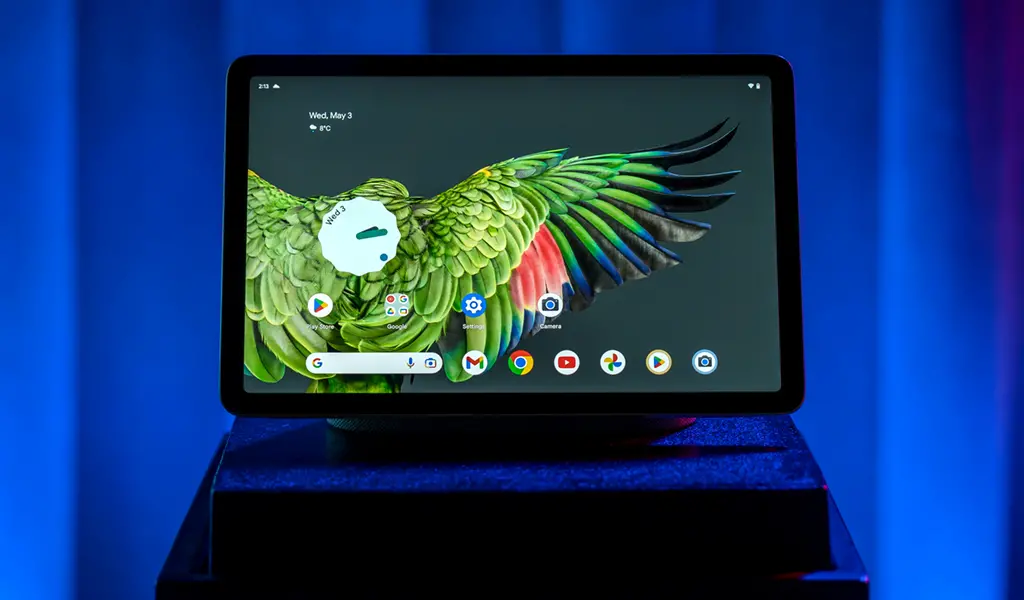
Google is back in the tablet game with the Pixel Tablet, making a strong argument that it’s the kind of device you want to keep within reach. While it’s not Google’s first kick at the can in making a tablet, this one feels fresh and versatile.
Part of that has to do with the included dock, which makes the device more convenient in a number of ways. Anyone making an Android tablet these days knows that you have to add an incentive, usually by adding a peripheral or two to make it more interesting and competitive. Curiously, Google chose not to include a pen or keyboard, but the more I used this thing, the more I understood why.
Design and setup
Tablets aren’t all that spectacular on the surface, generally speaking. The Pixel Tablet looks fine—well constructed with a ceramic-style finish, lightweight and with suitable brightness for varying situations. Not to mention responsive and straightforward.
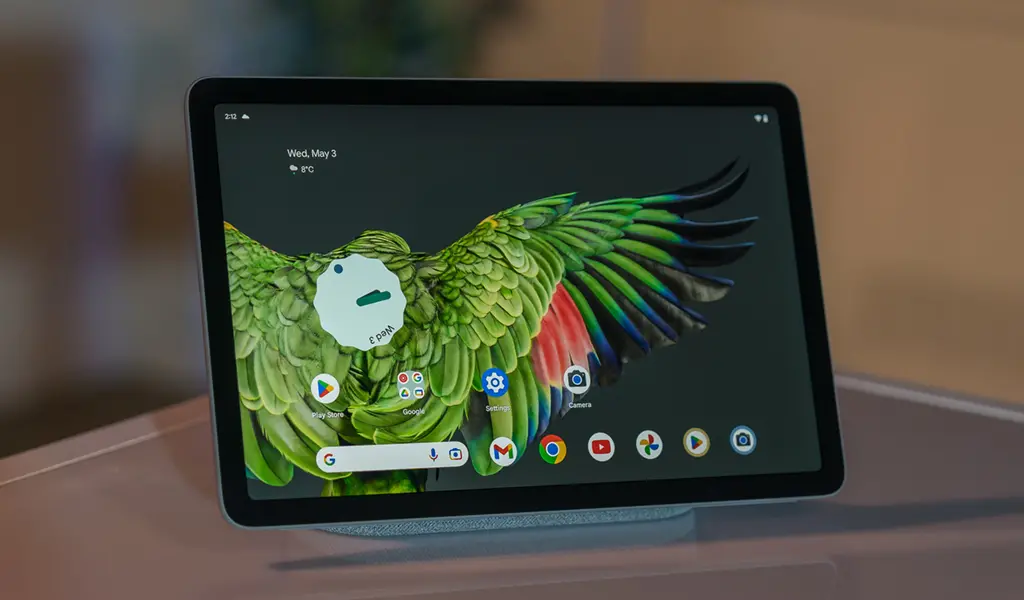
The power button doubles as a fingerprint sensor for a quicker way to get past the lock screen. Google designed the Pixel Tablet to be accessible when the 11-inch screen is locked, which explains why it resembles a Nest Hub when planted onto the dock. It’s interesting because it puts the device in a functional position, either parked as a canvas or interface to look at, or mobile as an interactive way to get things done.
It takes little to set it up, but there are a few points to note. First, there’s no headphone jack, so you’ll want Bluetooth headphones or earbuds to listen to audio in private. There are stereo speakers on both sides, though the dock takes over once you’ve placed it on there. Metal charging pins align with magnets to also charge the device wirelessly. Anytime you want to just take the tablet off, grab it and go.
Acting as a smart display
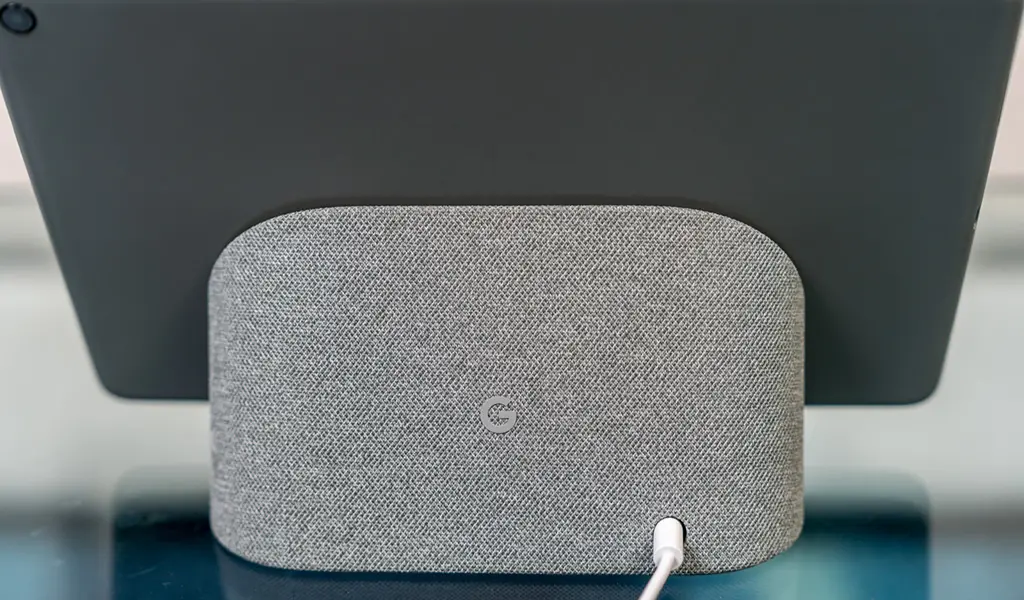
The dock can play an active role when you need it to. As an example, you can cast content from it to other compatible devices, like a Chromecast connected to a TV, for instance, but you can also cast to the Pixel Tablet as well. That means it also works as part of the Nest ecosystem in the Google Home app where you can add it and play music simultaneously, making this a connected speaker in its own right. You can’t cast to the dock on its own though—you need to place the tablet on it for it to appear as a casting selection.
That’s all on top of the fact it works like a Nest Hub when you talk to it. Set up Google Assistant and the Pixel Tablet listens for all of your commands, basically turning the tablet (when docked) into a smart home hub of sorts.
Most tablets sit idly by laying flat on a table or couch, but Google wants the Pixel Tablet to do something even when it’s not really doing anything. That’s why the screen can turn into one giant clock or a shared screensaver that tells you pertinent info about the weather, while also pulling images from your Google Photos to turn it into something like a digital photo frame. If you’re familiar with the Nest Hub, this will look and feel a lot alike.
Performance and experience with the Pixel Tablet
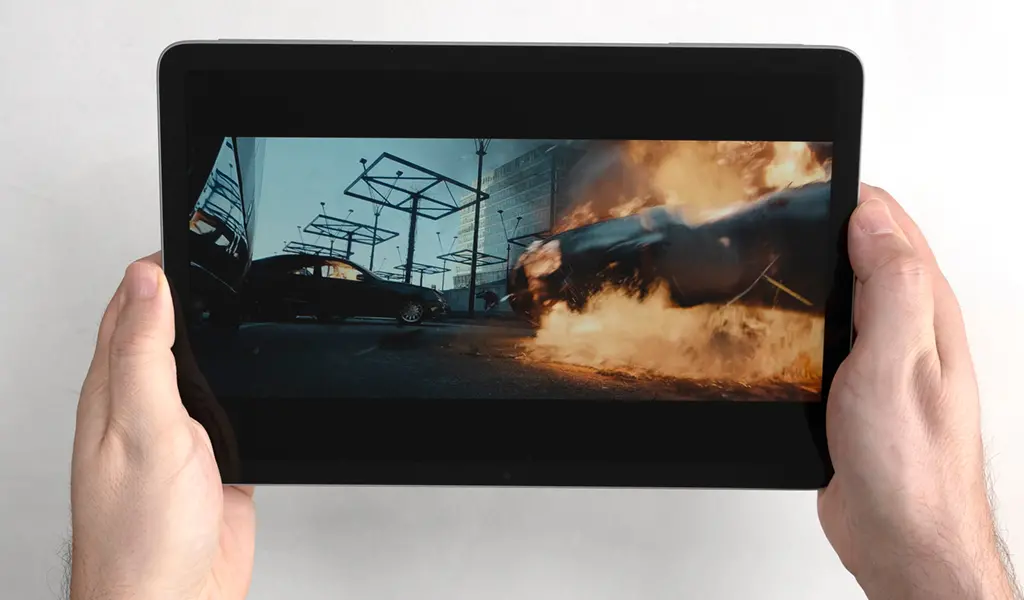
Google’s own Tensor G2 chipset—the same one in the Pixel 7 series phones—powers the Pixel Tablet’s overall performance, and while it’s nothing groundbreaking, it’s still pretty effective. I didn’t just use the tablet to watch shows or movies, I wanted to try various use cases. That included reading books and comic books, editing photos and playing games via Xbox Game Pass.
Editor’s note: to learn how this tablet helps integrate with and control your smart home devices, read Andy’s detailed article on the Best Buy Blog.
You could do all of those things with any Android tablet, but the dock changes the convenience in doing so. Propping up the tablet made many tasks feel that way for me, especially when watching a show or playing a game. I would’ve liked if Google threw in a pen for the benefit of editing photos or drawing, but third-party ones should work fine with the Pixel Tablet.
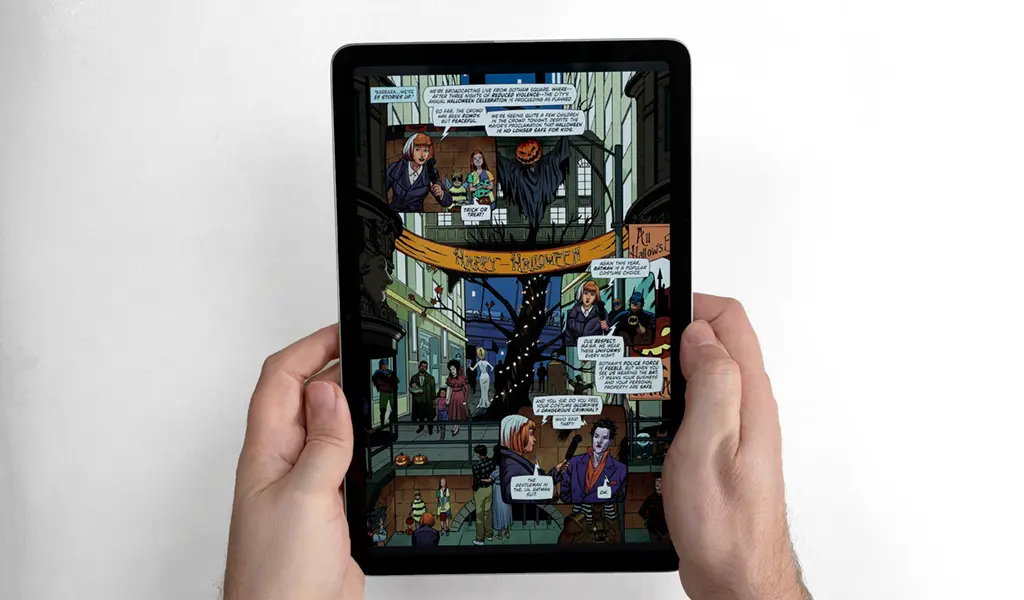
It also proved to be a pretty good multitasker with split-screen letting me use two apps at once. The most widely known apps are optimized for the tablet, though many Android apps simply stretch out from their phone versions, so it’s won’t always appear seamless. Mutitasking also takes on a different form in that the tablet supports multiple user accounts. If you want to share it with one of your kids, for instance, you can set up the Kids Space app to maintain a separate experience appropriate for your kid. The lack of headphone jack complicates things, unless you get wireless headphones for them.
Bear in mind the Pixel Tablet either comes in 128GB or 256GB storage sizes with no memory card slot, so sharing also means dipping into the same storage. And I would expect partners or kids wanting to share this. The 11-inch display is beautiful, only making all this easier to appreciate and work with.
The Pixel Tablet for video calls
The rear camera is nothing to write home about, whereas the front camera is far more useful for video calls. Like the iPad’s Center Stage, it has a similar feature called Continuous Framing that automatically pans to keep you centred in the frame during video chats. Again, with the dock in tow, it’s easy to do these calls hands-free, though it’s much easier to do so on a table rather than sitting the dock on your lap.
While I tend to do video calls on my laptop, I could see the benefits with the Pixel Tablet, especially if I was talking with someone beside me. The 84-degree field of view is reasonably wide enough for group chats, so if you plan on using this device to talk to others on video, you won’t have a problem here.
Final thoughts on the Google Pixel Tablet
The Pixel Tablet is one of the best ways for Google to prove Android works in tablet form. Other options from Samsung and Lenovo work well in their own right, except this is stock Android on a larger screen. There’s nothing revolutionary going on with this device, yet its simplicity feels refreshing. It has an 11-inch screen without a big footprint, even if you throw in the dock, and if you choose to travel or commute with it, you can take the dock or leave it.
I expect Google will continue to update the device to add or improve features, possibly broadening what it can do. It’s also possible Google doesn’t make a tablet to succeed this one, leaving the Pixel Tablet to roll on its own for a longer while. Time will tell.
The Google Pixel Tablet is available in either 128GB or 256GB in porcelain or hazel.




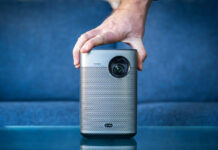
I learned about the Continuous Framing feature that automatically pans to keep you centred in the frame during video chats, very handy indeed!
I learned about the continuous framing feature which would allow me to multitask in the kitchen and still video call my daughter in the UK and stay in the frame.
I learned that the dock also acts as a smart speaker when the tablet is connected, which would be useful for me to hear what I’m watching over the noise when I’m cooking.
I learned that the dock is included, which is a great bonus for using this in the kitchen while cooking.
I learned that it has wireless charging feature which is awesome.
The power button doubles as a fingerprint sensor
I learned about the split screen that lets you run 2 apps at the same time, great feature!
I learned about the Continuous Framing feature that automatically pans to keep you centred in the frame during video chats. That is awesome since I tend to move around a bit to keep from getting too uncomfortable during longer calls.
The power button doubles as a fingerprint sensor for a quicker way to get past the lock screen is a great feature, as I hate lock screens and passwords/pins.
I learned about the “Continuous Framing” feature that keeps me in the picture.
I like the Continuous Framing for video calls, I do a lot of them!
I learned about the like the dock that is included. I would definitely have this in my kitchen, just what I need!
I learned that this tablet is very versatile and this is what would prompt me to buy it – I would use it for music mostly, but the home security hub would be a real asset also.
The continuous framing feature for calls sounds interesting!
I didn’t know you’d be able to cast two and from the device. I wish I could do that with my phone
Learning the tablet has wireless charging makes me want one!!
I learned the same chip that powers the Pixel 7 series phones is in this
I learned that it has a wireless charging feature, which is amazing!
What I learned about this tablet is the “Continuous Framing” feature that would keep me in the picture as I talk and work.
one thing I’ve learned about this tablet is continuous framing that helped me decide if it’s right for me
The feature called Continuous Framing that automatically pans to keep you centred in the frame during video chats sounds very useful. Helps on those long calls where you’re always trying to stay in frame when you start getting fidgety
The dock acts as a speaker and you can cast content from it to other compatible devices,
I learned that it has wireless charging
I learned about the split-screen letting me use two apps at once
I learned that the tablet has Continuous Framing for video calls which makes the experience so much better and this helped me decide that the Pixel Tablet is right for me.
I learned that it has wireless charging
I learned about the split-screen letting me use two apps at once.
Découverte de la fonction écran partagé
I learned that it can be a smart home hub, which would work great for me.
I learned that it uses the same Tensor G2 chipset as in the Pixel 7 phone, which just happens to be my current phone.
I learned – and love – that it can be a smart home hub,
Thank you for the very detailed description of how the dock expands the functionality of the tablet! I also really liked learning how the docked tablet can function as a digital photo frame.
I learned it can be used as a clock or digital picture frame when not in use. Also that it has no headphone jack.
Learned about the split screen function
I learned that it has wireless charging
I learned about the continuous framing feature, seems like some very practical technology if you are looking to be on a video call whilst the Google Pixel Tab is docked. I love the idea of chatting to my mum overseas whilst I am cooking dinner, with the tablet docked in the kitchen this would be amazing! I’d love that 🙂
I learned the Pixel tablet is powered by the Tensor G2 chipset.
I learned about the dock
I learned that it has wireless charging so it’s quick to grab and go! I’m always in a hurry so that’s a great feature for me.
Being able to cast to it would be great to have in the kitchen to play videos while cooking
ability to play games via Xbox Game Pass helped me because I would love to play games on it.
I learned that it has split-screen so it allows people to use two apps at once! 😛
I learned that it doesn’t have a headphone jack.
continuous framing seems like a nice feature for video calls
I learned about the split-screen letting me use two apps at once.
I learned you can use the tablet as a digital photo frame–very cool and fun! 🙂
I learned you can use the front camera to make video calls.
love easy unlock with fingerprint sensor
The tablet is pretty good even without the top of the line specs, the only thing I would have loved is a better display, viewing angles are not so great.
The speaker is good considering it is included with the tablet and the magnet docking works well albeit a bit hard sometimes to get the tablet off of the speaker base.
Learned about and like the continuous framing feature
Comments are closed.